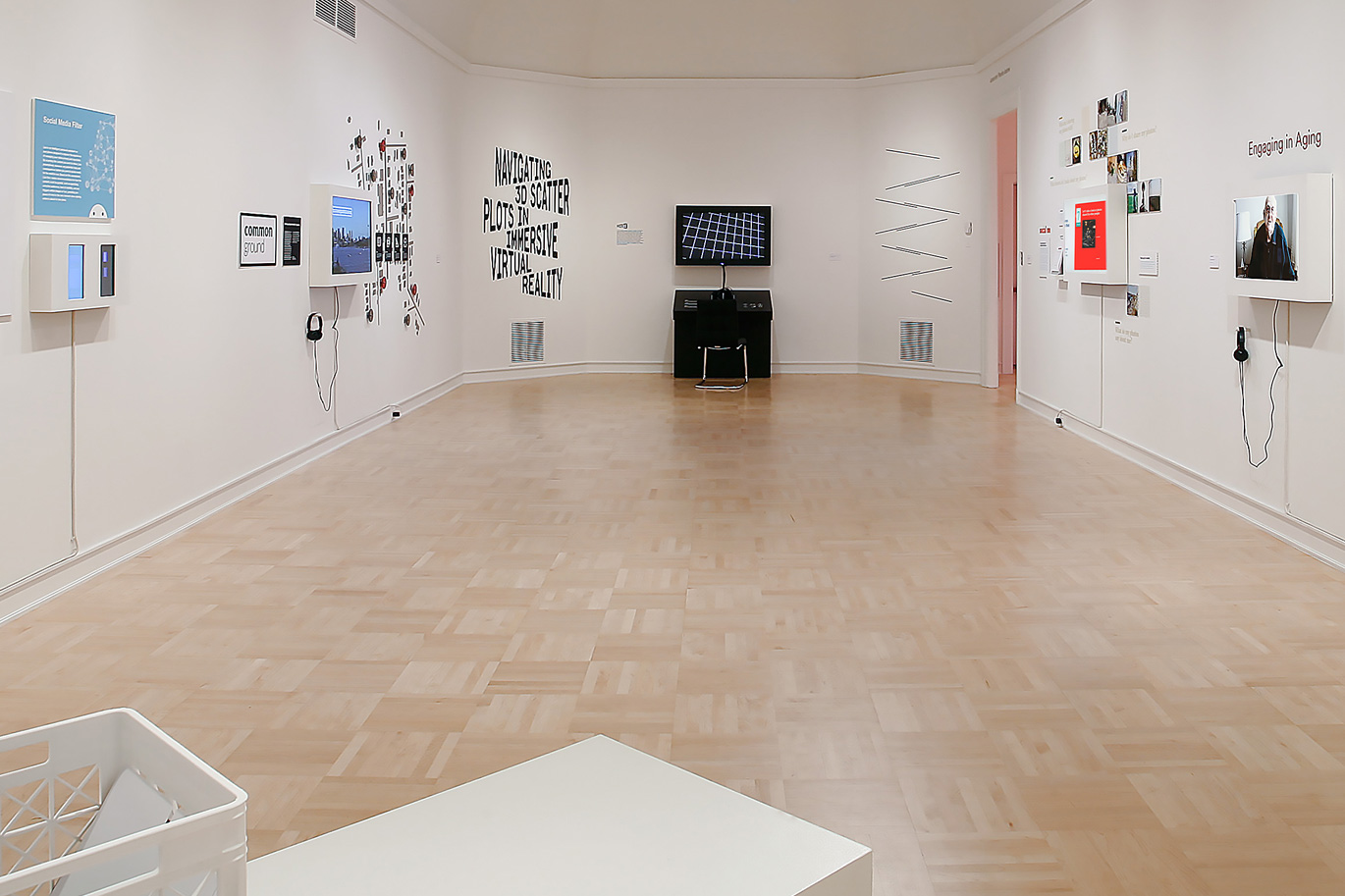From Athena to Lady Gaga: Art in the Modern Imagination
- Autumn 2016
Additional Details:
Ever wondered why some of Picasso's artworks look as primitive as cave paintings? Or wondered how to talk about such art, or explain the astronomical prices Picasso fetches at auction? Did prehistoric cave dwellers have a notion of art, or is our thinking and historicizing about art a product of the modern imagination? In this course we will explore such questions and an array of related topics through a select group of artworks in slide lectures, videos, interactive web features, and discussions. We will not only learn to distinguish between historical context (e.g. "period eye") and our own, modern projections onto the artworks, but also discover in what ways art transcends its context and still speaks to us, a language one can learn to decipher and develop a confident literacy in.
Are you ready for a journey that begins with the discovery of the legendary Lascaux caves by some boys who dropped a ball into a chasm and ends with celebrated endurance performance artist Marina Abramovic enlisting pop star Lady Gaga? We will each time try to access the artworks on an experiential level (we live, after all, in what has been dubbed "the age of experience") only to develop questions that we'll come to recognize as specific to each period. After descending into painted caves, we will ascend the Acropolis in ancient Athens to participate in the Panathenaic procession in honor of the Greek goddess Athena. We will walk the halls of the Renaissance Vatican, move stealthily through the back alleys of Reformation Antwerp and Counter-Reformation Rome, only to get shocked by the French Revolution into modernity and the birth of the modern public, with whom we stroll the boulevards and picture Salons of 19th-century Paris. And the more modern art becomes in the 20th century - through the likes of Picasso, Mondrian, Pollock, Warhol - the closer we get to realizing how marvelous art can be as a tool to examine history, ideology, beauty, and, ultimately, our own, image-saturated present.
The course and the course book will be entirely online: the e-book is Stokstad, Cothren, Art History (5th edition Combined) and the supporting web component is MyArtsLab, which integrates seamlessly with the Canvas course website. Both will be available as a package at the University Bookstore. Together these offer various wonderful, interactive features and study aids that will enhance your experience of the visual materials, such as the book's e-Text, excerpted writings by artists and commentators, writing exercises, sections called "Closer Look," as well as panoramas and videos, which are all required and need to be consulted in the order prescribed by the weekly Modules. In fact, you cannot proceed to the Module for Week 2 unless you have completed the requirements from Week 1, and so on.
Learning Outcomes of the Course
You will gain familiarity with the development of certain key aspects of art in the Western tradition, learn the elements of visual analysis in painting and some sculpture and architecture, and develop your skills at communicating visual analysis precisely in short discussion and writing sessions. You will learn how to develop visual description into basic art historical interpretation and to relate artworks to their historical contexts.
Testing
Testing will be through graded online quizzes, short writing exercises, and a Midterm and Final.



